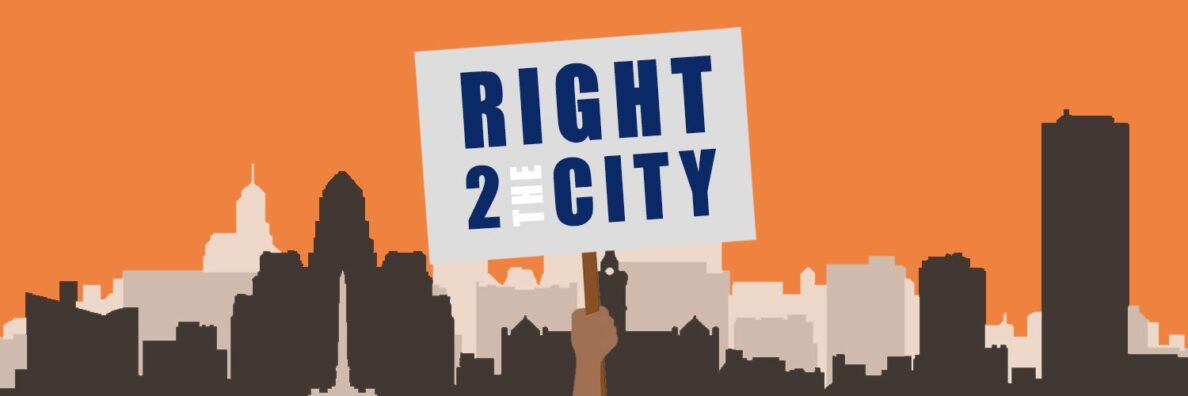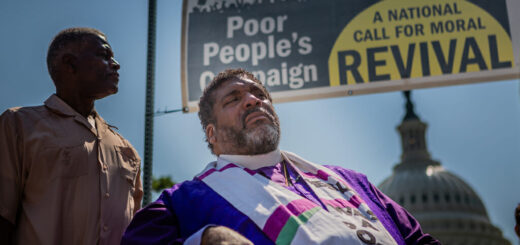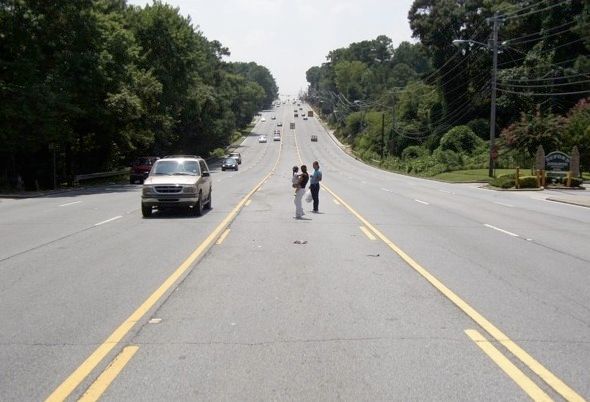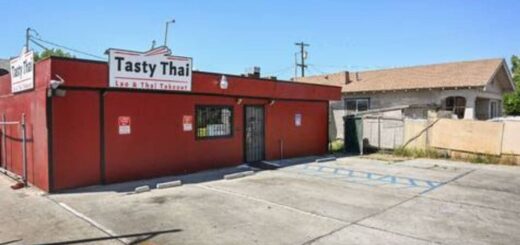Buffalo’s Tax Assessment to Exacerbate Eviction Problem
Two recent publications have shown that vulnerable neighborhoods in Buffalo are being threatened by two related, yet distinct, factors. Partnership for the Public Good (PPG) published an intensive study of eviction cases in the City of Buffalo in the year 2017 while the Buffalo News recently published an article regarding the recent tax reassessments that will most adversely affect precisely these communities under threat of displacement.

The study released by PPG highlights the stark contrast in the rate of eviction filings in Buffalo (13.1% in 2017) relative to similar cities such as Milwaukee, Cleveland, or Cincinnati (8.6%, 8.2%, and 8.8% respectively in 2016). The report also details the problems of what they call Involuntary Mobility (forced movement due to eviction or unsafe/unhealthy living conditions) associated with the eviction process, which has an impact on the number of people experiencing homelessness in the city.
Most alarmingly, the report notes that of the tenants they interviewed in the housing court, 72% were women and 67% were African-American. Understandably then, the neighborhoods with the most evictions per 100 households were communities of color, University Heights ranking first (9.9 evictions per 100 households), and the Fruit Belt ranking third (7.3). Troublingly, these are neighborhoods that are adjacent to two of the three University at Buffalo campuses.

The publication of this study coincides with the property tax reassessment of houses across the City of Buffalo, the first time this had been done since 2010. According to an article in the Buffalo News, the neighborhoods hardest hit are the Fruit Belt and the Lower West Side (specifically, the area south and west of Symphony Circle). The data shows that for homes in these neighborhoods that were originally assessed from $45,000 – $100,000 increased between 208% – 254%. Other parts of the West Side were also hard hit, all seeing at least a 100% increase for homes originally assessed in that range.

What these two publications point to are the dangers of displacement facing underdeveloped communities of color, especially the Fruit Belt. There are currently efforts to combat the forces of gentrification in the neighborhoods on the West Side (through organizations such as PUSH Buffalo) and in the Fruit Belt (through the Fruit Belt Community Land Trust) but the city itself must also take action to prevent displacement of vulnerable populations.
The question boils down to who has the right to a neighborhood? Is it the people who are living and have been living in their home and community for decades, with strong social and spatial ties? Or is it the people who want to live in the new up and coming neighborhood or the hospitals and medical research facilities and the people they employ? By astronomically increasing the property taxes in vulnerable communities such as the Fruit Belt, the City is taking the first step toward increasing tax foreclosures, evicting residents, and inviting developers and institutions to alter the landscape of these communities, both physically and socially. It is time for city leaders, developers, and urban planners to recognize that increasing the value of a property does not help; that a rising tide does not lift all boats. We must stand up with those who will be detrimentally impacted by the changing residential landscape in Buffalo and find alternative solutions other than pricing people out of their homes.

Author Profile
Latest entries
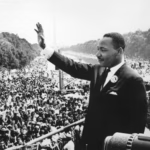 Henry Louis Taylor, Jr.01/20/2025Reflections on Martin Luther King, Jr.’s Dream
Henry Louis Taylor, Jr.01/20/2025Reflections on Martin Luther King, Jr.’s Dream Henry Louis Taylor, Jr.01/09/2025The Trump Inaugural Parade is a Political Event
Henry Louis Taylor, Jr.01/09/2025The Trump Inaugural Parade is a Political Event Henry Louis Taylor, Jr.05/04/2024The Occupation of Hayes Hall: Student Rebellions and Remaking the U.S. UniversityThe Occupation of Hayes Hall
Henry Louis Taylor, Jr.05/04/2024The Occupation of Hayes Hall: Student Rebellions and Remaking the U.S. UniversityThe Occupation of Hayes Hall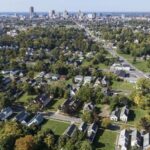 Henry Louis Taylor, Jr.03/21/2024Ryan’s infill housing strategy is the right plan for Buffalo
Henry Louis Taylor, Jr.03/21/2024Ryan’s infill housing strategy is the right plan for Buffalo
